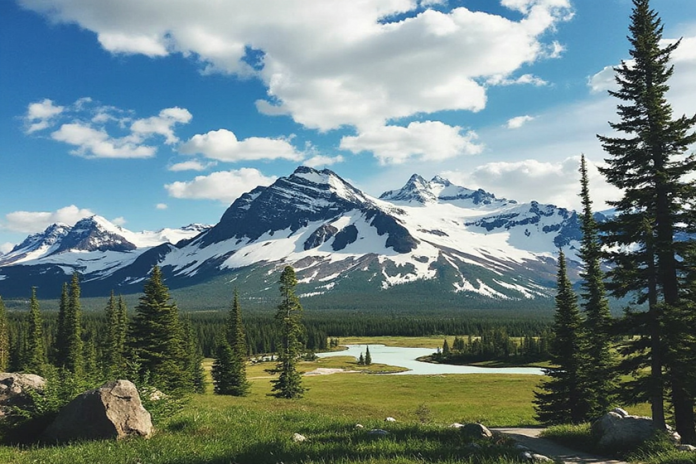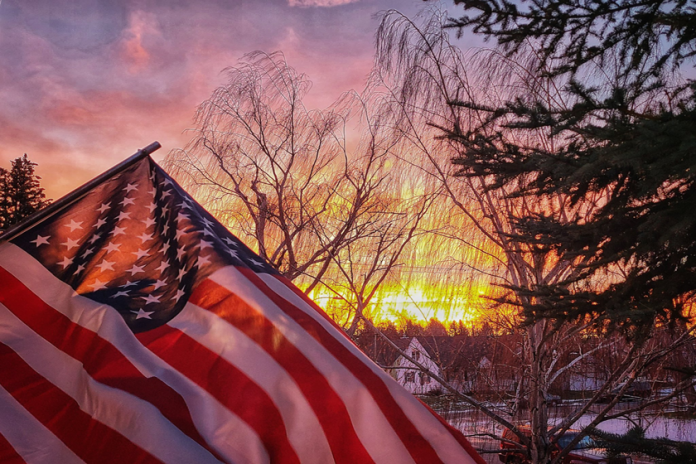Glacier National Park has announced that it will continue its vehicle reservation system into 2025 with some modifications aimed at managing visitor access more effectively.
For the 2025 season, visitors will need to reserve a specific time block to enter the west side of Going-to-the-Sun Road and the North Fork area. Reservations will be mandatory from 7 a.m. to 3 p.m. daily, from June 13 to September 28, 2025. Once inside, visitors can stay as long as they wish for that day.
Exemptions:
Visitors can enter without a reservation before 7 a.m. or after 3 p.m.
Those with reservations for lodging, camping, transportation, or commercial activities within the park can use their confirmation for entry, provided their reservation originates beyond the Apgar checkpoint for Going-to-the-Sun Road.
No Reservation Required Areas:
Vehicle reservations at Glacier National Park will not be required for Two Medicine Valley or the St. Mary entrance to Going-to-the-Sun Road in 2025. However, entry might be temporarily restricted during peak congestion times.
Many Glacier Valley:
There will be no reservations required for Many Glacier Valley in 2025, but due to ongoing construction, the Swiftcurrent area will be closed, significantly reducing parking availability.
Reservation System:
Reservations for 2025 will start being available from February 12, 2025, through Recreation.gov. A small processing fee will apply, but the reservation itself remains free.
These changes are part of an ongoing effort to manage visitor flow, reduce congestion, and enhance the visitor experience at the park.
The park continues to adapt its strategies based on feedback from visitors, local communities, and stakeholders to balance access with conservation needs.
Note:
Glacier National Park is dominated by mountains which were carved into their present shapes by the huge glaciers of the last ice age.
These glaciers have largely disappeared over the last 12,000 years. Evidence of widespread glacial action is found throughout the park in the form of U-shaped valleys, cirques, arêtes, and large outflow lakes radiating like fingers from the base of the highest peaks.
Since the end of the ice ages, various warming and cooling trends have occurred. The last recent cooling trend was during the Little Ice Age, which took place approximately between 1550 and 1850.
During the Little Ice Age, the glaciers in the park expanded and advanced, although to nowhere near as great an extent as they had during the Ice Age.








Identity Politics and Tribalism
Identity politics and tribalism are interconnected concepts that have been increasingly discussed in contemporary political and social discourse.
Identity politics refers to political positions or movements that focus on the specific interests and perspectives of groups with which people identify primarily, often based on race, ethnicity, gender, sexual orientation, religion, or social background. Identity politics seeks to address inequalities and injustices by advocating for these specific groups, aiming for recognition, rights, and sometimes reparative justice for historical and ongoing oppressions.
Tribalism traditionally refers to the organization of societies into tribes based on kinship or shared interests for survival, in modern contexts, tribalism often describes a more psychological or social phenomenon where individuals strongly identify with a group to the extent of favoring that group over others, often leading to in-group loyalty and out-group hostility. This can manifest in political behavior where allegiance to one’s “tribe” (be it political parties, ideological groups, or cultural identities) supersedes broader societal interests or rational policy evaluation.
Both identity politics and tribalism contribute to polarization by emphasizing group identities over shared citizenship or common humanity. This can lead to a political landscape where dialogue across group lines becomes difficult, or even impossible.
Politicians and movements might leverage identity politics to mobilize voters or supporters by appealing to shared grievances or cultural identities. Tribalism then becomes the mechanism where these identities are fortified, often leading to a ‘us vs. them’ mentality, which can further entrench political divides.
The rise of these dynamics has led to a cultural landscape where every issue might be viewed through the lens of identity. This can both empower marginalized groups by giving them a platform for their issues but also risks reducing complex individuals to singular identity markers, potentially oversimplifying nuanced human experiences.
Critics argue that identity politics and tribalism can fragment society, making it harder to address universal issues like economic inequality or climate change that require collective action. They might point to how these dynamics can lead to what’s been termed “cancel culture” or “virtue signaling,” where moral posturing or group allegiance overshadows substantive debate. Conversely, defenders see these movements as necessary for rectifying historical injustices and providing representation for voices historically ignored in mainstream politics.
Over time there’s a nuanced understanding emerging. Some commentators argue that while identity politics might start with legitimate grievances, the tribalistic approach can sometimes undermine the very unity needed for broader social change. Others highlight how modern digital platforms amplify tribalism by creating echo chambers, where algorithms feed users content that confirms their biases.
Identity politics and tribalism in contemporary society represent a complex interplay where the quest for recognition and justice for specific groups meets innate human tendencies towards group loyalty, often at the expense of broader societal cohesion. This dynamic reveals both the strengths in advocating for underrepresented groups and the potential pitfalls of overly divisive group identities.